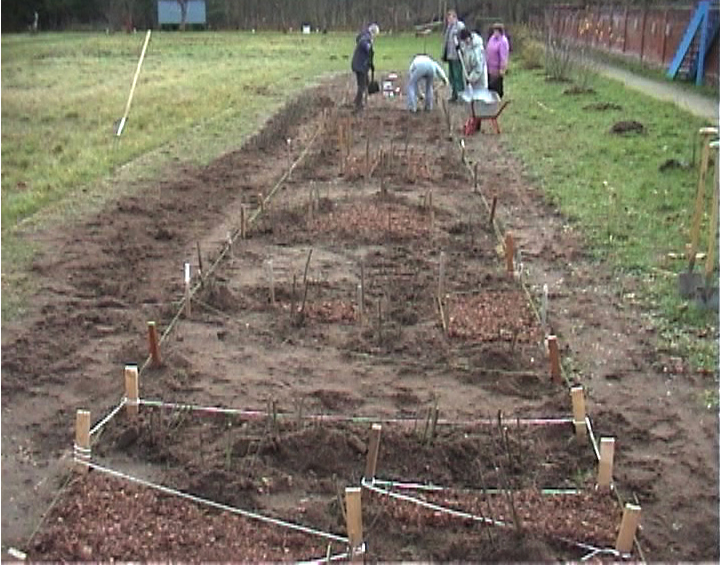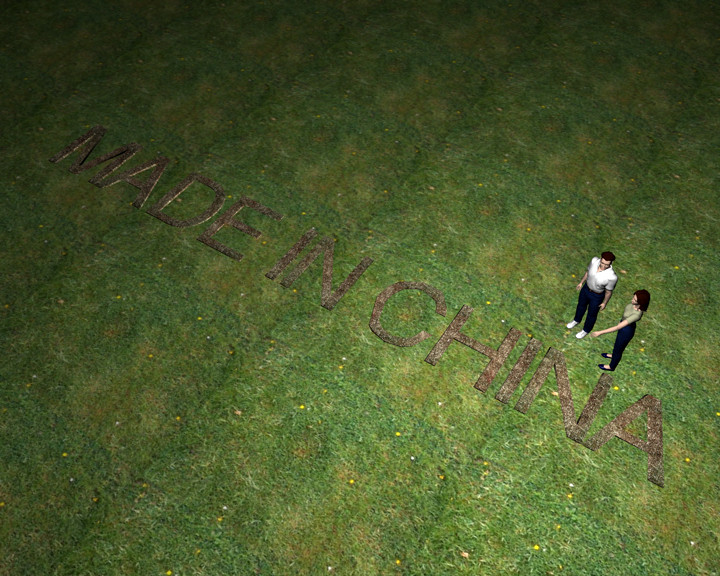
MADE IN CHINA (2006) D.N.K., (3D proposal) Landkunstleben, Buchholz
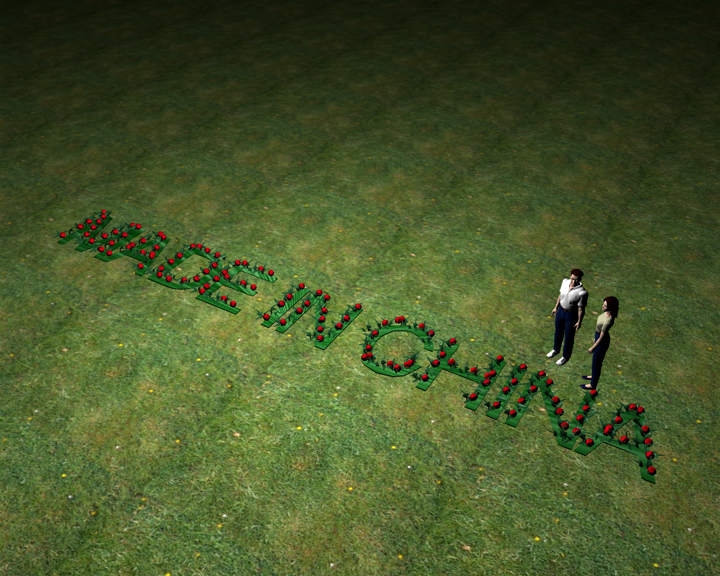
MADE IN CHINA (2006) D.N.K., (3D proposal) Landkunstleben, Buchholz
MADE IN CHINA (2006) D.N.K., (Realization) Landkunstleben, Buchholz
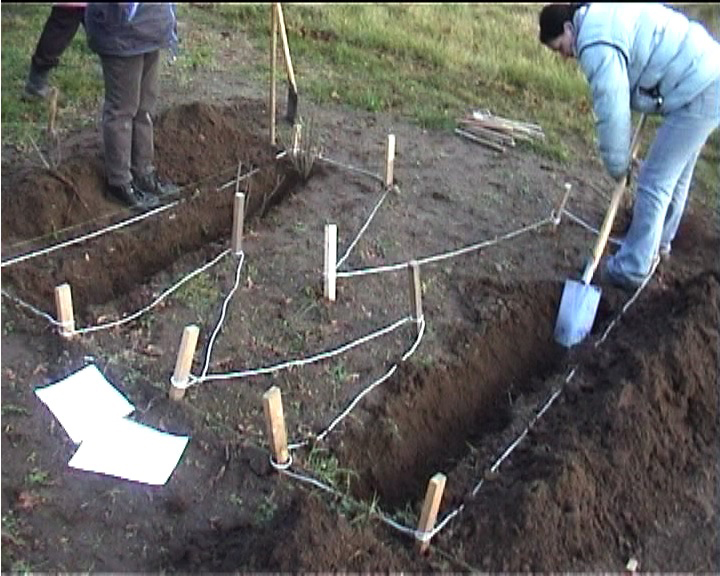
MADE IN CHINA (2006) D.N.K., (Realization) Landkunstleben, Buchholz
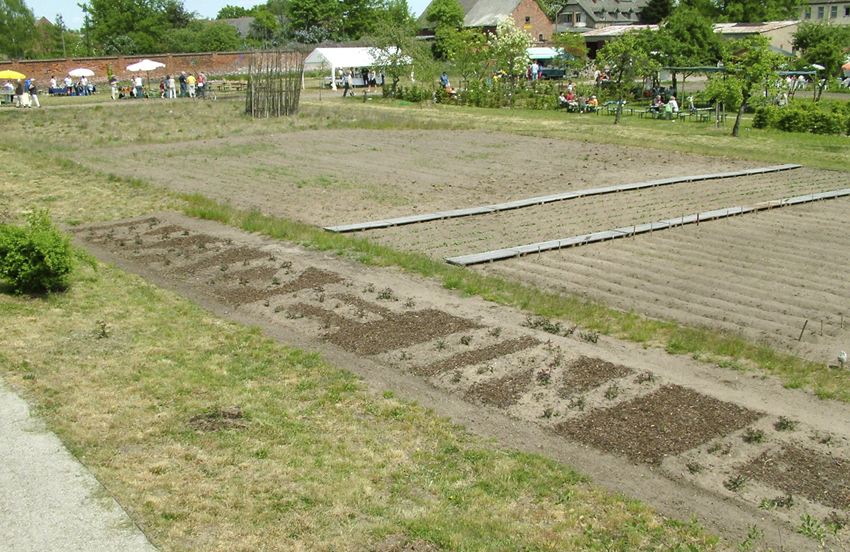 MADE IN CHINA (2006) D.N.K., (Realization) Landkunstleben, Buchholz
MADE IN CHINA (2006) D.N.K., (Realization) Landkunstleben, Buchholz
Made In China, 2006, D.N.K.
The call for the project: “Ran an die Arbeit” in english: “let’s get to work”, of the Art society “LandKunstLeben” was the call for the art proposals which thematize the topic of “the work” in the present Time.
Prolog
The world centers of production and employment were notice- ably changing, on a global level.
Leading Western economies were becoming bigger and bigger consumers of cheap products from the new centers of produc- tion and employment. For a large part of the Western society, shopping was getting to be among the favorite hobbies. Countries like China were creating new jobs and employing more and more people.
On the other hand, as the workplaces were closing in the West, the changes were becoming visible on the other side as well – unemployment in Western countries was growing.
As a result, working conditions in some jobs were getting worse and less paid on both sides (East and West).
The Project
The work “Made in China” is a multilayered work and it shows us its development of the topic “work”. Inter alia, it’s a work about the work.
Whether it’s the process of the physical or mental work, the group DNK collected them all into one bundle, resulting in synergy.Working surface: earth was chosen to serve as the surface of this work, a field.
Working tools: tape measure, wooden sticks, rope, shovel, water jug. Working material: roses with roots
Generating work:
A group of 5 unemployed citizens/jobseekers from the Stein- höfel municipality were engaged in the realization of this work, for which they received wages.** /. In the space of over 130 square meters (4m x 33m) they marked the text, dug the earth, planted the roses, and then watered them. . In this way, “Made in China” was the generator of the work.
Brand Works
In order to be simple and understandable, to reach a larger au- dience and to give more visibility to this topic, DNK takes one of the most well-known brands in the world, which is directly connected to the global movement of economic centers. It is the brand which informs the consumer about the origin of the product: Made in China.
Visuals
To thematize, make this work recognizable and reachable not only for the local citizens but also for the foreign citizens and global actors (mostly flying overhead, not involved in the real situation on the ground) the work was placed on an open field. So the phrase Made in China written out with red roses* was clearly readable both from the ground and from the sky.
End result of the work:
A flower garden.
Deer and roses
The roses which were planted were not growing.
The reason why they were not growing was discovered after a while.
There was no fence around the work. So the deer from the surrounding woods were coming at night and eating the roses. Thus this work unexpectedly got another layer – it turned out to be edible.
From the Copy to the Original
While the labels are made in China by the Chinese and placed on their products, in the case of the work “Made in China” we are dealing with an unusual situation. Here we have a unique work titled “Made in China”, but this work wasn’t made in China and it wasn’t made by the Chinese.
If we take, for example, a label attached to a product, the same label is copied a million times. But how can we name the work of DNK “Made in China” – is it a copy or an original? This work cannot be called an original, because this sentence already exists (a billion times over). On the other hand, we cannot say that this work is a copy, because it’s one of a kind.
So, perhaps we need a special expression (or word) for this phenomenon, which takes a copy and makes it an original.
Epilog
The working class in different systems
This work shows us the economic and political complexity of the globalized world:
This work represents the product made by the working class of the communist country China, an anti-capitalistic state. It is written in English, the language of the most anti-communist country, USA. This work is presented on the landscape of Karl Marx’s homeland, Germany, which was part communist and part capitalist between 1949 and1990.
This work also reveals the blending of the antagonisms be- tween the two (once) opposing systems.1
____________
* Roses were written about for the first time in 551 BC in China, in the description of the gardens of the Beijing Kingdom.
**During the realization of the project, the local unemployed citizens were exchanging information about the (or lack of) working conditions and their living situation.
